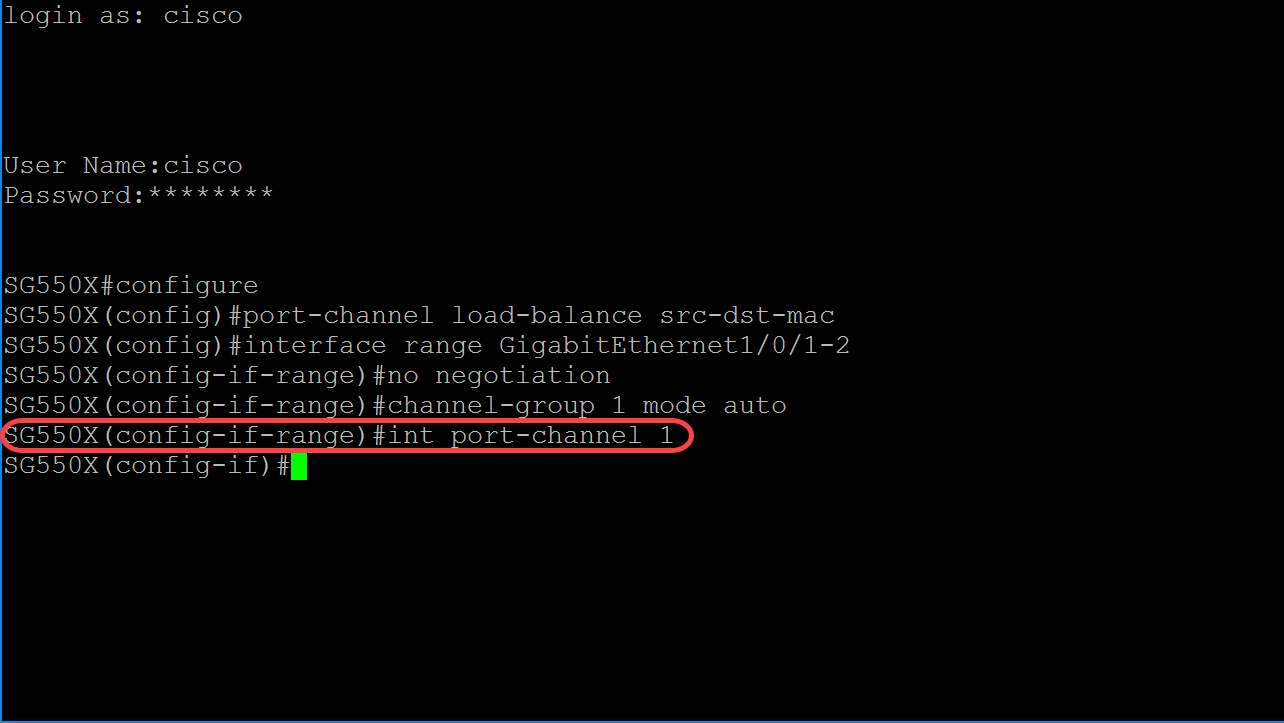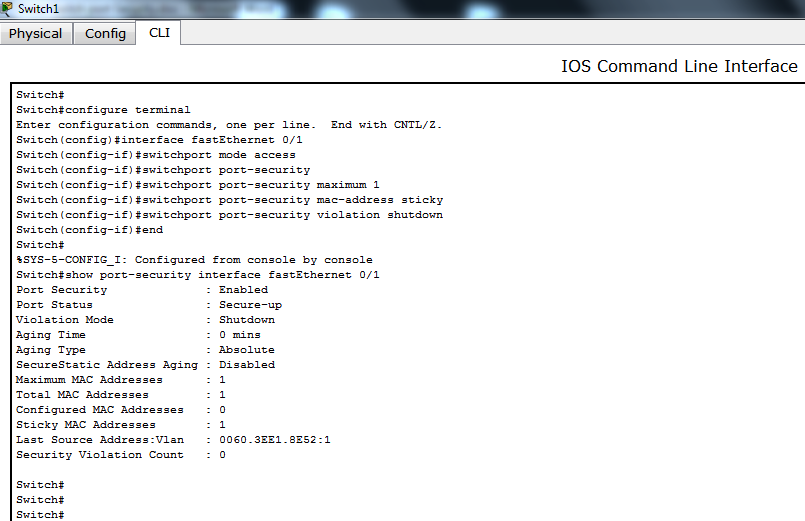

- #Cisco enable port command how to#
- #Cisco enable port command series#
- #Cisco enable port command mac#
You should understand the following concepts for configuring VTP. It does not work well in a situation where multiple updates to the VLAN database occur simultaneously on switches in the same domain, which would result in an inconsistency in the VLAN database. Without VTP, you cannot send information about VLANs to other switches.VTP is designed to work in an environment where updates are made on a single switch and are sent through VTP to other switches in the domain. Using VTP, you can make configuration changes centrally on one or more switches and have those changes automatically communicated to all the other switches in the network. VTP minimizes misconfigurations and configuration inconsistencies that can cause several problems, such as duplicate VLAN names, incorrect VLAN-type specifications, and security violations.īefore you create VLANs, you must decide whether to use VTP in your network. VTP is a Layer 2 messaging protocol that maintains VLAN configuration consistency by managing the addition, deletion, and renaming of VLANs on a network-wide basis.
#Cisco enable port command how to#
The following example shows how to configure inter-VLAN routing: Router# configure terminal Router(config)# vlan 1 Router(config)# vlan 2 Router(config)# interface vlan 1 Router(config-if)# ip address 1.1.1.1 255.255.255.0 Router(config-if)# no shut Router(config-if)# interface vlan 2 Roouter(config-if)# ip address 2.2.2.2 255.255.255.0 Router(config-if)# no shut Router(config-if)# interface gigabitethernet 0/1 Router(config-if)# switchport access vlan 1 Router(config-if)# interface gigabitethernet 0/2 Router(config-if)# switchport access vlan 2 Router(config-if)# exit Configuring VTP Each VLAN is considered a logical network, and packets destined for stations that do not belong to the VLAN must be forwarded through a router.įor detailed information on VLANs, see the following web link:įor a sample VLAN configuration, see “Example: VLAN configuration”. Any switch port can belong to a VLAN, and unicast, broadcast, and multicast packets are forwarded and flooded only to end stations in the VLAN. VLANs have the same attributes as physical LANs, but you can group end stations even if they are not physically located on the same LAN segment.

A VLAN is a switched network that is logically segmented by function, project team, or application, without regard to the physical locations of the users. Each VLAN is considered a logical network, and packets destined for stations that do not belong to the VLAN must be forwarded through a router.

#Cisco enable port command mac#

This chapter contains the following sections:
#Cisco enable port command series#
This chapter gives an overview of configuration tasks for the Gigabit Ethernet (GE) switch on the Cisco 800M Series ISR.


 0 kommentar(er)
0 kommentar(er)
